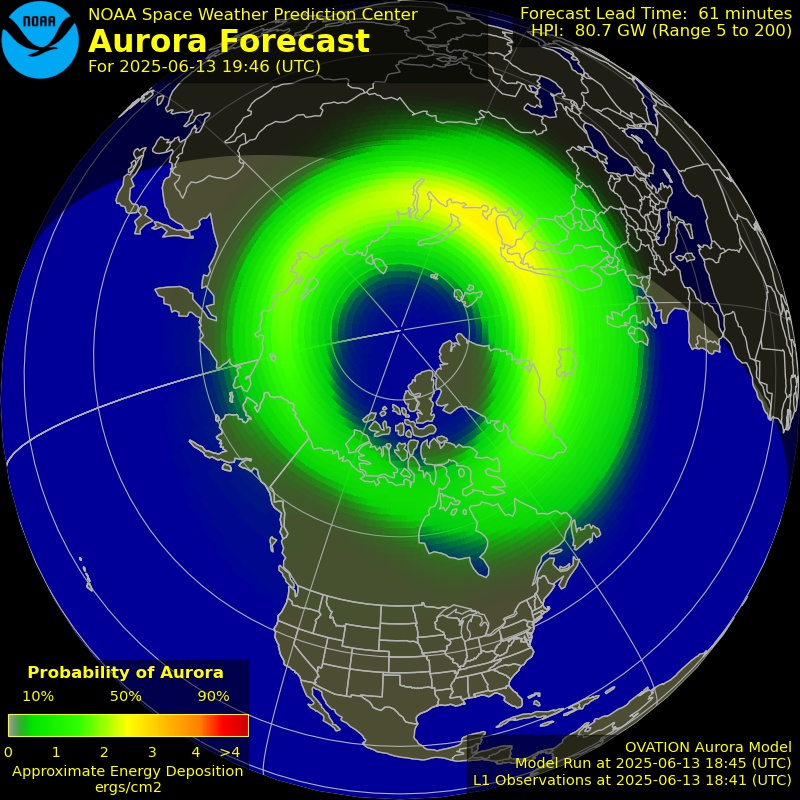Fishing season has arrived!
May 13, 2019 04:57PM ● By Editor
Photo: MN DNR
Paul Nelson Fishing Report from the Bemidji Pioneer - May 13, 2019
The season is now open for walleyes, sauger, northern pike and trout on the inland waters of Minnesota. Licensed anglers are also allowed to "catch and release" largemouth bass and smallmouth bass before the harvest season opens for bass May 25.
There are 1,023 species of fish living in Minnesota waters (including Lake Superior), according to Wikipedia. With all those fish species swimming around in our rivers and lakes, most anglers were focused on catching walleyes when the season opened Saturday.
The weather was not ideal for fishing on the opener, but most anglers were undaunted and participated in the annual ritual of opening another fishing season on their favorite lake.
The key to finding active walleyes on the opener was finding some post spawn male walleyes that were ready to bite. The majority of active walleyes started out in 4 to 8 feet of water, with the more pressured fish moving into deeper water as the day progressed.
Water temperatures were in the upper 40s to low 50s on most lakes, so the fishing should continue to improve as water temperatures increase and the weather stabilizes.
Female walleyes take more time to recover after spawning than male walleyes, so most walleyes caught early in the season were males. Female walleyes head for deep water after they spawn, to rest in the cool water away from the crowds in shallow water. The cooler water lowers their metabolism and lets the female walleyes rest longer without the immediate need to feed. Once female walleyes have recovered, they will begin to show up in the shallows hungry and ready to feed.
Most anglers also found some active northern pike and perch on the opener, which helped keep them busy while they were searching for walleyes.
Rain and wind are not ideal conditions for fishing, but it is a long season and there will be plenty of nice weather this spring and summer to go fishing.
Spottail shiners are a favorite bait of many walleye anglers while they are available early in the season. The main reason is walleyes love to eat them. Shiner minnows were just starting to move into the shallows right before the opener, so the supply of shiners should improve as more trappers can get to the minnows.
There was some winter kill on the ponds that hold fatheads, suckers and golden shiners this winter, which is also negatively affecting the minnow supply.
Jigs are the favorite presentation for most walleye anglers early in the season. Long shank jigs work better for fishing shiners and other larger minnows, while short shank jigs work better for small minnows.
Anglers can hook a shiner minnow on a long shank jig by going in the mouth, out the gill, slide the minnow to the jig head and push the hook through the minnows stomach and out the back.
This helps keep the minnow from spinning as much and makes the minnow harder for the fish to pull off the jig without getting any of the hook.
The best lake early in the season should be Upper Red Lake with the new 4 walleye bag limit. Anglers are allowed one walleye longer than 20 inches as part of their limit of walleyes.
This gives anglers a chance to harvest more female walleyes, which will help the recruitment of more smaller walleyes into the population.
Leech Lake has the same walleye regulation as Upper Red Lake this year for many of the same reasons. The harvest of more large walleyes should also help add more larger perch into the population by reducing the number of perch preyed on by the larger walleyes.
The DNR is learning how to better manage walleye populations in their lake by lake management plans as they get more data on the different special regulations.
The DNR is now better able to predict the results ahead of time of different regulations, so they can fine tune the regulations to better meet their goals of more balanced walleye populations.
Paul A. Nelson runs the Bemidji Area Lakes Guide Service. Guided trips for 2019 can be booked by calling or texting (218) 760-7751 or by email at [email protected].

